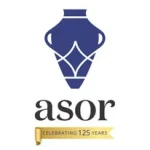
Getting to Know Rural Assyrians
Ofelia Tychon, 2024 Katherine Barton Platt Fieldwork Scholarship Recipient
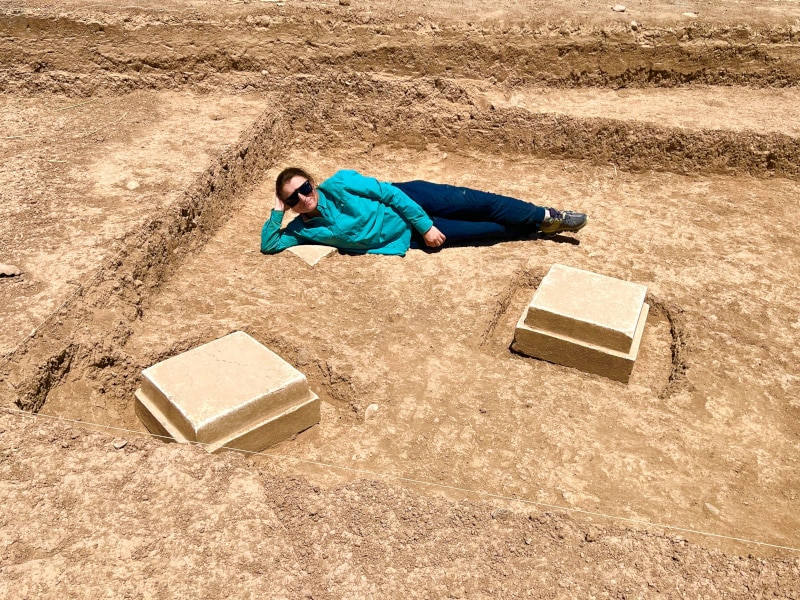
This spring, I got a chance to be part of the excavation team for the Rural Landscapes of Iron Age Imperial Mesopotamia (RLIIM) Project, now in its third season. The project, run by Prof. Petra Creamer of Emory University, brought together international scholars from Cambridge University, J.W. Goethe University-Frankfurt am Main, Johns Hopkins University, Montana State University, University of California, Los Angeles, University College London, University of Chicago, University of Pennsylvania, and Utah State University, in addition to the local professionals from the Directorate General of Antiquities and Heritage of the Kurdistan Region.
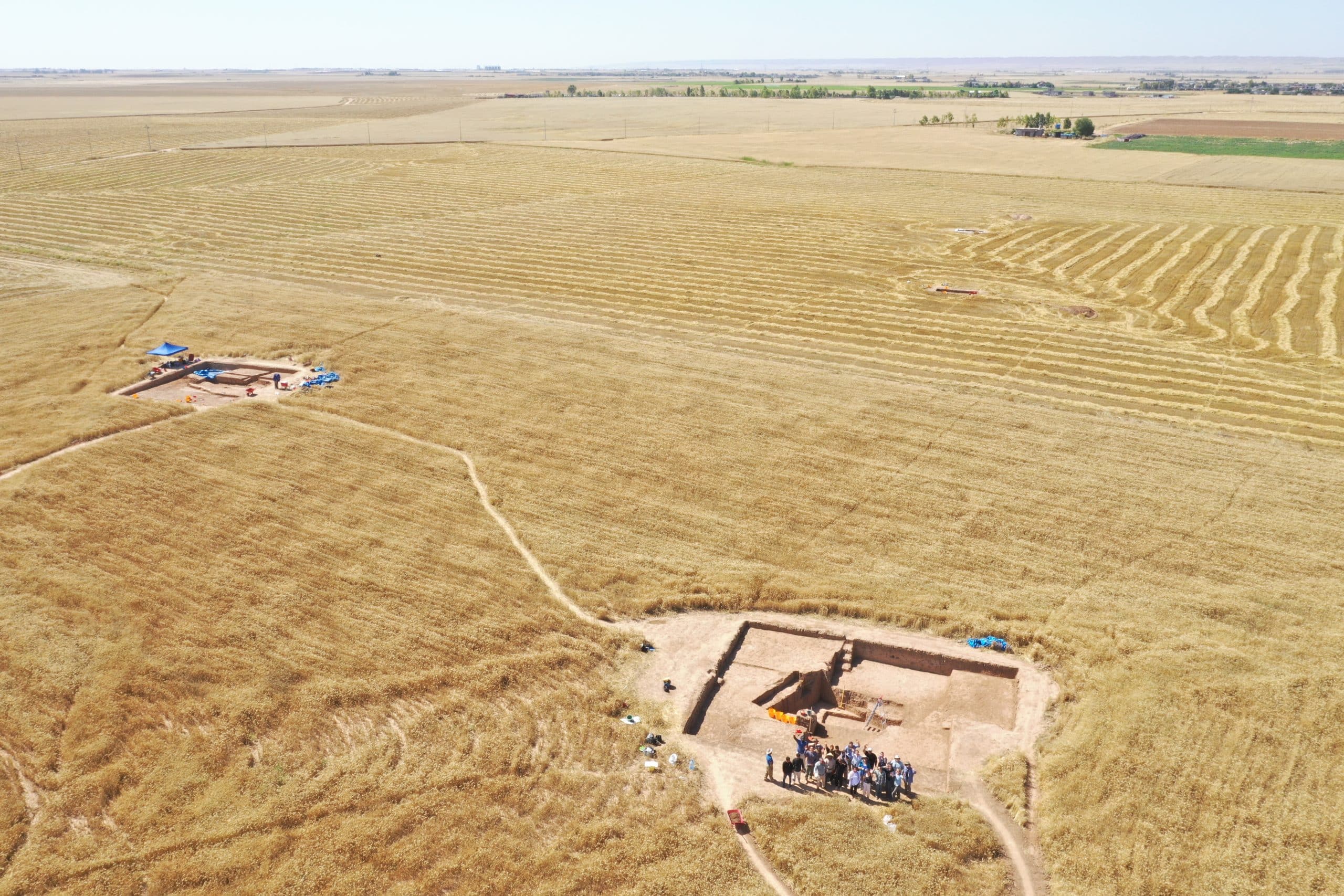
The RLIIM site is located near Erbil, Iraqi Kurdistan, which is part of the area usually referred to as the ‘Assyrian Heartland’. The Neo-Assyrian Empire expanded from its heartland to reach from the Arabian Gulf to the Mediterranean, including Egypt, between the 9th and 7th centuries BCE, and is often seen primarily as an aggressively expansionist empire, fuelled by conquests and associated booty, tributes and deportations, which has driven the sort of scholarship that is produced about Assyria.
Historically, most excavations in the Iraqi Kurdistan, where the Assyrian heartland was located, have focused on major urban sites, and particularly monumental architecture, with even urban living quarters rarely excavated. While this is slowly changing, as surveys that uncover rural sites have been and still are being undertaken, excavations of small, rural Iron Age sites continue to be extremely rare, and RLIIM is proudly one of the few. RLIIM seeks to reconstruct how Imperial Assyria impacted rural landscapes and its rural populations, particularly why this site (and others like it) existed in a relatively marginal agricultural area, which populations settled in these rural areas and how they organized, as well determining the extent (or lack thereof) of continuity between the late Assyrian and post-Assyrian periods.
During the 7-week 2024 season, the RLIIM team was able to significantly expand its three existing trenches and opened up a fourth one. Trech A, where I spent most of my time during the season, houses a large mudbrick building with a courtyard. The nature of the soil in the area means that distinguishing mudbrick is a challenge and requires great concentration from the excavators (and perfect morning light!).
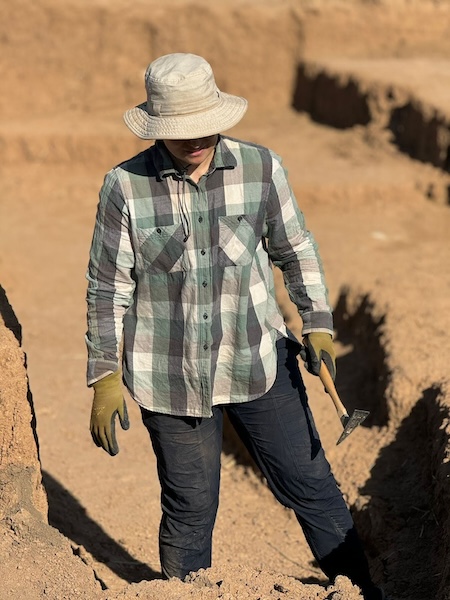
An important part of the RLIIM project is the analysis of the faunal and archaeobotanical remains. Numerous samples were collected and sent for analysis at the end of the season, and we eagerly await the results. As with most archaeological projects, pottery processing is an integral element of the efforts. Thousands of sherds were processed on site, and the analysis thereof is helping in creating an updated late Assyrian vs post-Assyrian pottery typology, something that is particularly helpful when analysing surface survey results, which are vital in order to understand the settlement pattern change that took place after the collapse of the Neo-Assyrian Empire.

The team did not just spend their time at the site. We were able to travel to key locations in the region on our days off, including the Neo-Assyrian period Jerwan Aqueduct, Faida Canal, Khinis reliefs and Bastora Dam sites, as well as visiting the Cambridge University’s Shanidar Cave project famous for its Neanderthal remains.
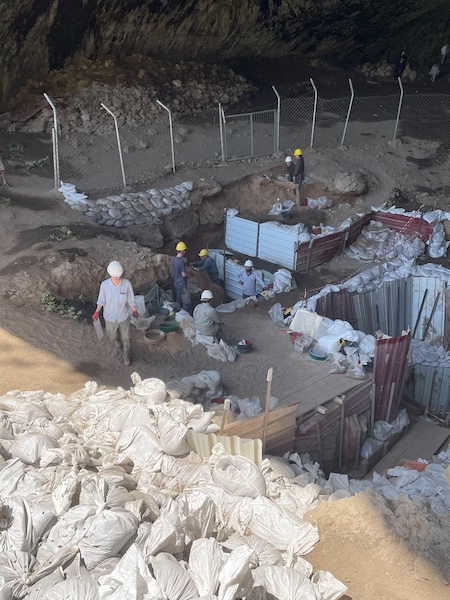
The 2024 season concluded just as the weather in Kurdistan was heating up well into the 100s, but the work continues on the analysis of the data gathered by the team. I look forward to coming back next spring armed with more knowledge acquired via this analysis.

